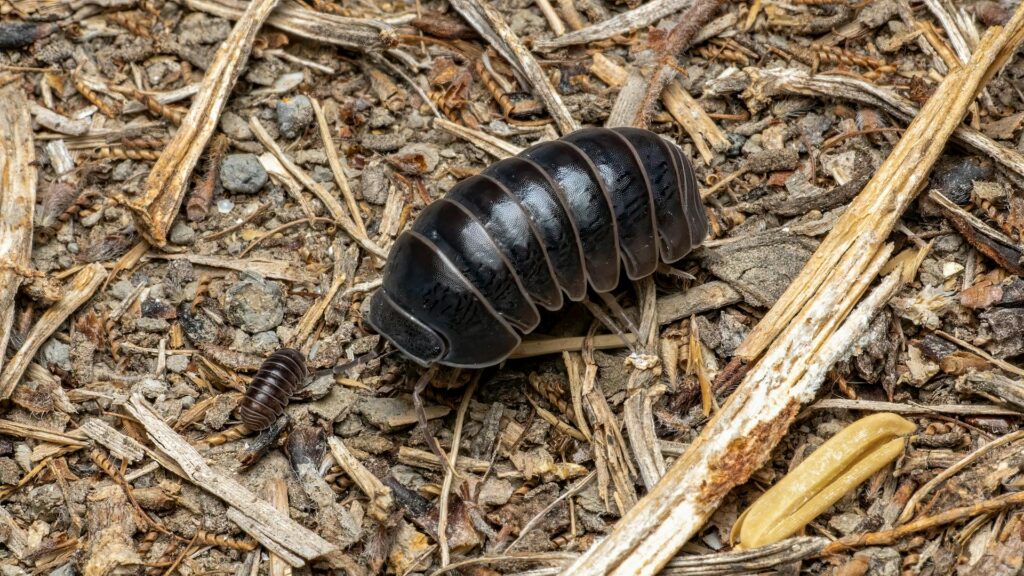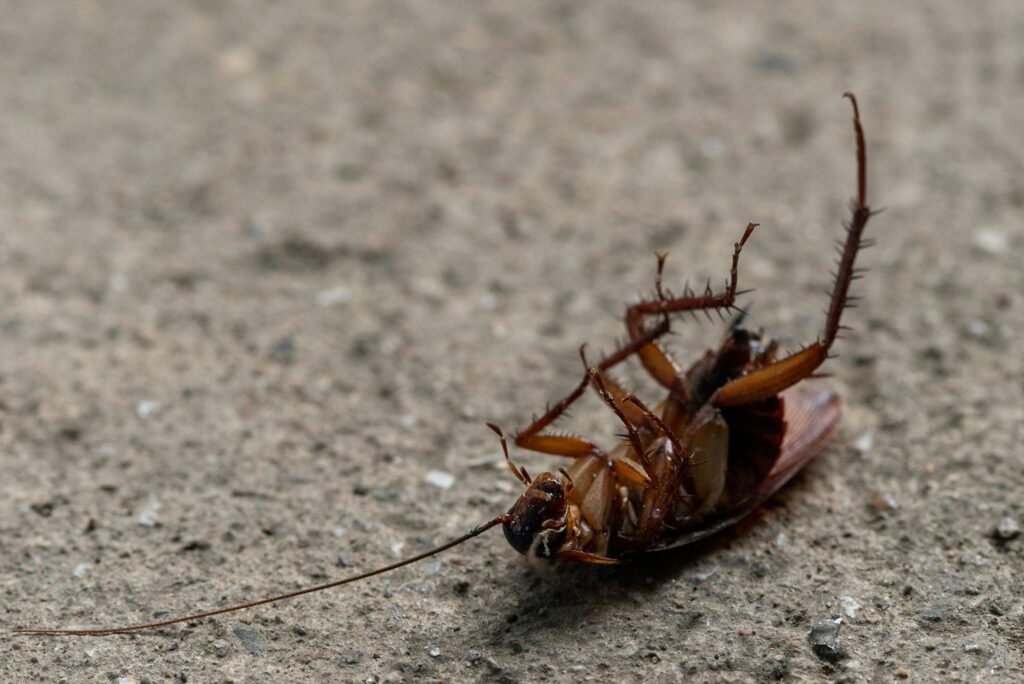If you’ve noticed small, itchy red bumps on your skin, particularly around your ankles and lower legs, you might be dealing with flea bites. These tiny, wingless insects feed on blood and can cause uncomfortable reactions in both humans and pets. Being able to identify flea bites is an important step in addressing both the bites themselves and the potential infestation causing them.
What do flea bites look like?
Flea bites typically appear as small, raised, red spots that are round and about 1/4 inch in diameter. They often form in clusters or lines of three or four bites, sometimes referred to as “breakfast, lunch, and dinner” patterns. The bites frequently appear around ankles, legs, and feet, though they can occur anywhere on the body.
They may have a reddish halo or ring around a darker red center. Unlike some other insect bites, flea bites tend to be smaller and more concentrated in specific areas rather than randomly distributed across the body.
What are the symptoms of a flea bite?
The primary symptom of flea bites is intense itching, which often begins immediately after the bite occurs. The affected area typically develops into a small, red bump surrounded by a reddened halo within about 30 minutes of the bite. Some people experience significant swelling or develop hives around the bite site.
Scratching can lead to secondary infections, characterized by increased pain, swelling, and warmth around the bite. The severity of reactions varies widely between individuals, with some people experiencing only mild discomfort while others develop allergic reactions.
Are flea bites dangerous?
While most flea bites are merely annoying, they can pose health risks in certain situations. The most common concern is secondary bacterial infection from scratching the intensely itchy bites.
In rare cases, fleas can transmit diseases such as typhus and plague, though this is uncommon in developed countries. Some people may develop allergic reactions to flea saliva, resulting in more severe symptoms. Pets suffering from flea infestations may develop anemia if heavily infested, particularly young or small animals. Fleas can also transmit tapeworms to both humans and pets.
What are the differences between a flea bite and a tick bite?
Flea bites and tick bites have several distinguishing characteristics. Flea bites typically appear as small, red bumps in clusters or lines, while tick bites usually present as a single bite mark, often with the tick still attached. Flea bites cause immediate itching, whereas tick bites are generally painless and may go unnoticed until the tick is discovered.
Tick bites sometimes develop a distinctive “bull’s-eye” rash, particularly with Lyme disease transmission. Location can also help differentiate—flea bites commonly appear on lower extremities, while ticks often attach to warmer areas like armpits or the groin.
Are flea bites permanent?
Flea bites are not permanent and typically heal on their own within one to two weeks. However, healing time can vary based on individual reactions and whether secondary infections develop. The itching usually subsides within a few days, though the small red marks may take longer to completely disappear.
People with sensitive skin or allergic reactions might experience prolonged symptoms or develop post-inflammatory hyperpigmentation—darker spots that remain after the bite heals. These spots usually fade over time but may take several months to completely disappear.
How to prevent a flea infestation
Preventing flea infestations requires a multi-faceted approach. Treat pets with veterinarian-approved flea prevention products year-round, even if they don’t go outdoors regularly. Vacuum frequently, especially in areas where pets rest, and immediately dispose of vacuum bags outside your home. Wash pet bedding regularly in hot water and maintain a clean home environment.
Keep your yard maintained by mowing regularly and removing debris where fleas might hide. Consider using outdoor flea control treatments in shady areas where pets spend time. Regular grooming and inspection of pets can help catch early signs of fleas before they become established.
When to call a professional
If you’re experiencing persistent flea problems despite your best efforts at control, it’s probably time to contact a professional pest control service. Extensive infestations that have spread throughout your home often require professional treatment to fully eliminate. If you or family members are suffering from severe reactions to flea bites, professional intervention can help quickly resolve the infestation.
Aptive’s pest control experts can quickly assess your flea situation and implement targeted treatments for effective control. Our technicians will thoroughly inspect your property to locate flea breeding areas, hiding spots, and entry points, then develop a customized flea control treatment plan.
Apitve can also provide prevention strategies and guidance on proper pet care and home maintenance to help protect your family from future infestations. If you’re suffering from flea bites or have noticed these pests in your home, don’t wait–contact Aptive today for a free quote and take the first step to protecting your home and family from the nuisance of pests and fleas.









